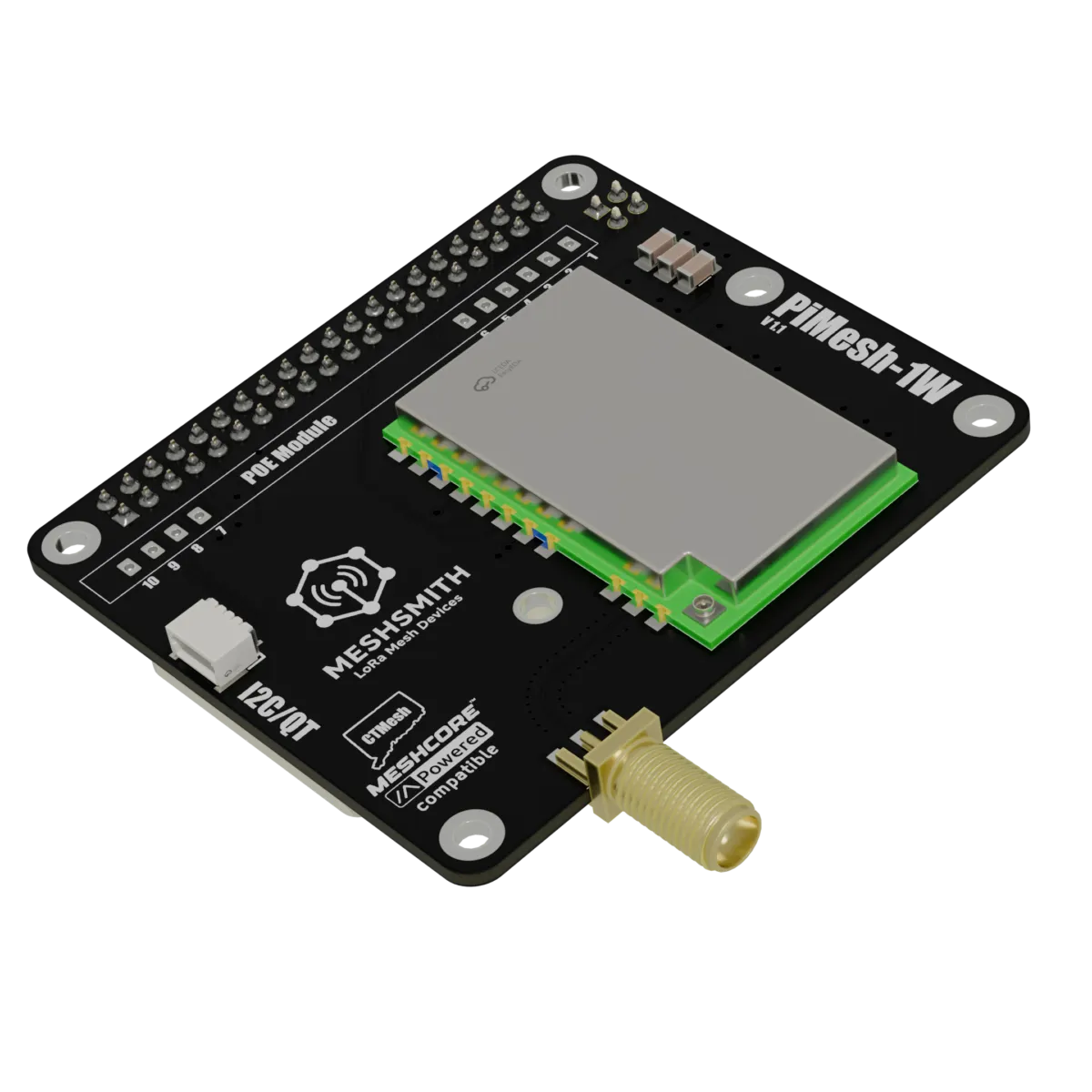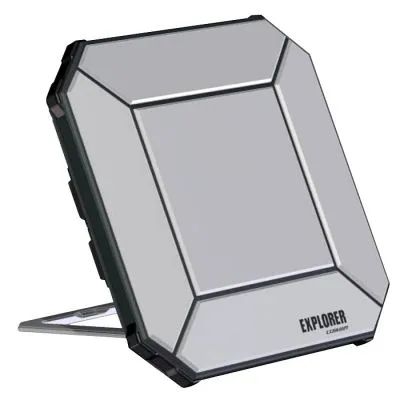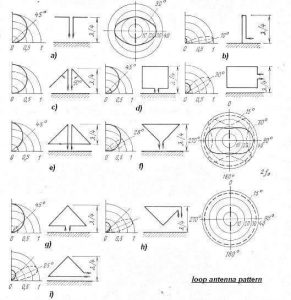amateur radio
amateur radio calculator
calculator
filter
ham radio
ham radio thailand
radio amatur
amateur radio malaysia, antenna tuning, bandpass filter, bandstop filter, beamforming repeater, coax stub filter, ham radio learning, ham radio tutorial, hp filter, hpf, lp filter, lpf, malaysia ham radio blog, mlat tdoa sdr, notch filter, pat e25vbe project, phased transmission line, quarter wave stub, rf attenuation, rf education, rf engineering basics, rf filter, rf impedance, rf phase animation, rf simulation, rf visualization tool, signal propagation, stub filter calculator, transmission line theory
9M2PJU
0 Comments
Understanding Quarter-Wave Stubs Made Easy: An Interactive Tool for Every Ham
In RF engineering, quarter-wave stubs are one of the simplest and most powerful tools we have for building filters, matching networks, and solving real-world interference problems. Whether you are a new ham trying to understand how a stub actually behaves, or an experienced operator who appreciates visual learning, a new interactive webapp created by Pat, E25VBE, is one of the best educational tools available today.
This browser-based tool demonstrates, with phase-level precision, how energy travels along a transmission line stub and how it results in bandpass or bandstop behaviour. Most explanations stop at “a quarter-wave stub blocks this frequency,” but here you can actually see why.
Link to the tool:
https://dada1.decem.co.th/stub08.html
Why This Webapp Matters
Quarter-wave stubs are often taught through formulas and Smith charts. While accurate, they rarely help beginners visualise what is happening in the line. Pat’s webapp changes that.
Here’s what makes it special:
1. Phase-Accurate Animation
The simulation is not just conceptual — it is precise down to phase movement. By slowing down the animation, you can observe how forward and reflected waves interact along the stub. This directly shows the mechanism that causes a specific frequency to be passed or notched.
2. Real-Time Parameter Control
Users can adjust:
- Stub type (notch or pass)
- Line length
- Electrical characteristics
- Frequency
The output updates instantly, allowing intuitive experimentation.
3. Clear Visualisation of Energy Flow
You get to witness how energy travels, reflects, and cancels. Seeing the signal behaviour in motion is far more effective than static diagrams in textbooks.
4. Great for New and Experienced Hams
Beginners learn the basics.
Experts get a phase-level demonstration that is usually only available in professional RF simulation tools.
LPF, HPF, and Stub Logic Explained Simply
The webapp also includes low-pass and high-pass filter demonstrations where you can adjust L (inductor) and C (capacitor) values to see:
- Cutoff frequency (fc)
- Attenuation at 145 MHz (VHF)
- Real-time response
- Antenna output level
For example, an LPF with an inductor in series and a capacitor in parallel shows classic filtering behaviour:
- The series inductor blocks high frequency.
- The shunt capacitor diverts high frequency to ground.
Seeing this interactively helps new hams finally understand why certain components behave the way they do.
A Creator With Serious RF Credentials
Pat (E25VBE) is not only developing educational tools — he is currently building a sophisticated RF lab setup that includes:
- 8 Fish Ball Pluto SDR units
- 15 RTL-SDR receivers
- 4 GPSDO references
His next major goal is real-time TDoA/MLAT development and an advanced beam-forming repeater system. His proposed design allows users to steer antenna radiation patterns electronically using CTCSS — potentially achieving 9–12 dB directional gain without any mechanical rotation. This project alone is capable of transforming repeater coverage strategies.
Why You Should Try the Stub Webapp
Whether you are a licensed ham, a student, or an RF enthusiast, this tool delivers something rare: a visual explanation of what textbooks only describe in words.
- Want to know why a stub rejects interference?
- Want to see how a bandpass stub behaves at different frequencies?
- Want to understand transmission line phasing without heavy math?
This is the ideal resource.
Try it, share it, and help new hams build strong fundamentals.
Link to the webapp again:
https://dada1.decem.co.th/stub08.html







Post Comment